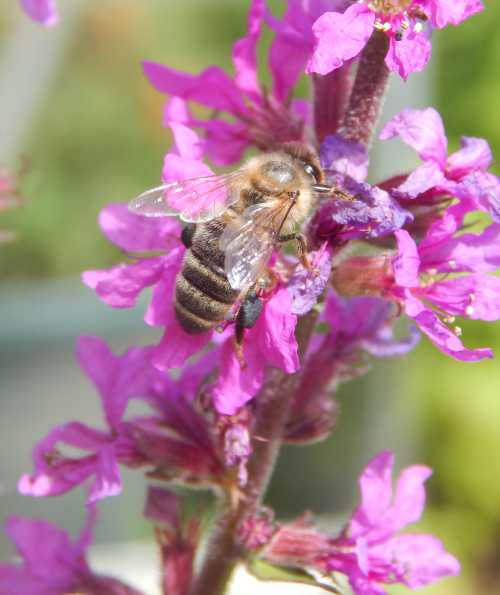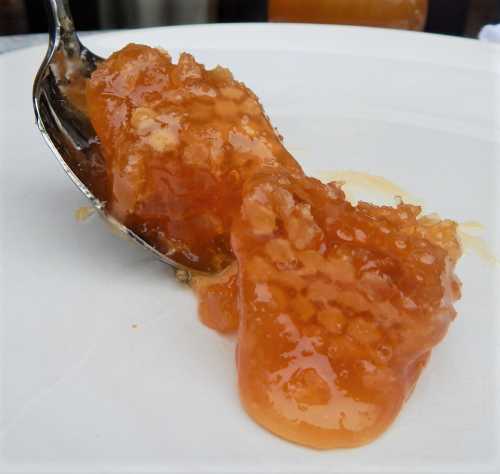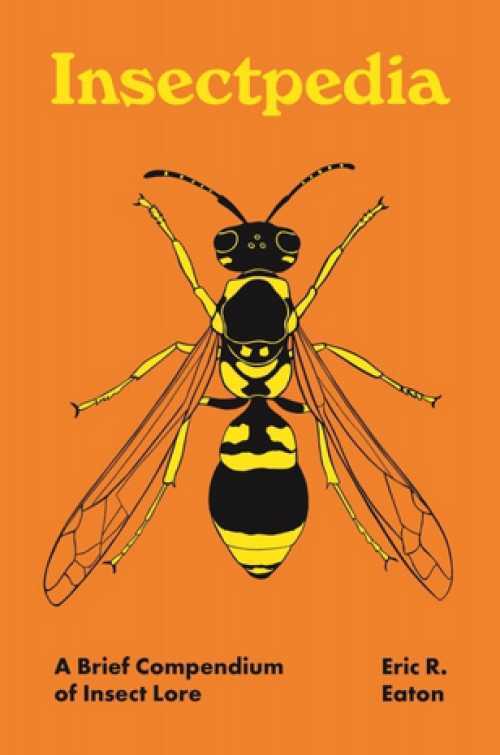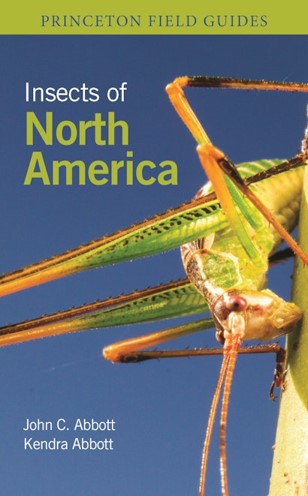Insects Used In Forensic Entomology
Insects have been been helping forensic scientists solve crimes for centuries. In fact the first incident ever recorded described how the murderer of a farmer was found, by observing the activity of blow flies that were attracted to the murder weapon (in this case, a sickle), resulting in a confession. The incident occurred in 13th-century China1.
Forensic science has continued to use the vital clues provided by the invertebrate world, and below you can read about which types of insects are used, and why.
Finally, we'll ask the question, 'Can bees also assist forensic entomologists, and if so, how?'

Which Insects Are Used In Forensic Entomology?
A range of insects are useful to forensic scientists in their detection work, but two groups, the flies (Diptera) and beetles (Coleoptera), are especially important in most circumstances2.
Flies produce larvae that can live in semi-liquid media, and consume organs and tissues of cadavers. Once a corpse has largely dried out, beetles of various kinds also attend the scene, and continue the process.
Later still, other invertebrates colonize the area in, on and around the cadaver, including the soil.
Diptera (true flies)
The flies feature significantly in forensic work. Diptera species known to be involved in forensic investigation include:
Calliphoridae (blow flies)
Blow flies are necrophagous insects (they feed on corpses or carrion) and may arrive anywhere between a few minutes or a few hours of death. Species examples include (but are by no means limited to): Chrysomya megacephala, Chrysomya rufifacies, Gaiijbhoria vicrna, and Lucilia sericata.
Knowledge of blow flies and their ecology can assist in forensic detection work. For example, the green blow fly, Lucilia illustris, is known to visit corpses located in bright, open habitats, whereas the black blow fly, Phormia regina, prefers shade areas2.
Sacrophagidae (flesh flies)
Like the blow flies, these insects are necrophagous species, and may quickly "arrive at the scene of the crime".
Muscidae (house flies)
Muscidae (house flies and relatives) (eg. Synthesiomyia nudesita) delay colonization until the body reaches bloat stages of decomposition3.
Skipper flies, fruit flies, and coffin flies, also colonize the remaining tissues2.
Coleoptera (beetles)
Carrion beetles, rove beetles, clown beetles, sap beetles, checkered beetles, scarab beetles, and dermestid beetles are also helpful in forensic investigations. These insect species arrive later as the carrion or cadaver dries out.
Other insects
Ant and wasp species as well as species like springtails may arrive later, and either feed or use a corpse or carrion as an extension of their environment3.
Arachnids
Acarology is the study of mites, ticks and their kin (spiders), and forensic acarology is the area of forensic science in which information provided by the acari is used in crime investigations, especially violent death4.
Many mites feed on microorganisms associated with decay and they, in turn, form the diet of predatory species5.
Mites can assist investigators in various ways.
- They can inhabit bodies, and can arrive as phoretic mites along with visiting blow flies.
- Even storage mites (Tyrophagus longior) have helped to solve murder crime, whilst spiders have helped crack drug trafficking.
- Mites of various species may, (because of their ubiquitous nature), be able to provide clues in the absence of useful insects, such as blow flies.
- The scale mite, Sarcoptes scabiei L. merits attention in suspected cases of neglect or physical abuse, because it ends to colonize the vagrant people as a result of their poor hygienic conditions, and people unable to maintain their bodily hygiene4.
How do insects assist in forensic entomology investigations?
Primarily, insects present on the dead body can provide evidence for the estimation of PMI (Postmortem Interval), the period from death to discovery of corpse) for several weeks.
"By calculating the age of immature insect stages feeding on a corpse and analysing the necrophagous species present, postmortem intervals from the first day to several weeks can be estimated." - Amendt et al6
Insects and other invertebrates in or around a crime can also assist in tracking details (locations, climates), and additional information about the type of crime committed.
Can bees assist forensic investigations?
Scientists are investigating the possible ways in which honey bees might assist in forensic investigations, for example:
1. Honey bees may be able to assist in wildlife trafficking investigations7.
2. Research is exploring whether honey bees (via analysis of their honey) can help provide clues about missing persons8.
References
1. Joseph I, Mathew DG, Sathyan P, Vargheese G. The use of insects in forensic investigations: An overview on the scope of forensic entomology. J Forensic Dent Sci. 2011;3(2):89-91. doi:10.4103/0975-1475.92154
2. Forensic Entomology: The Use of Insects in the Investigation of Homicide and Untimely Death by Wayne D. Lord, Ph.D. and William C. Rodriguez, Ill, Ph.D, The Prosecutor, Winter 1989.
3. Madhu B, Anika S. Postmortem Interval Estimation of Mummified Body Using Accumulated Degree Hours (ADH) Method: A Case Study from Punjab (India). J Forensic Sci & Criminal Inves. 2016; 1(1): 555552
4. Aly H. Rasmy, The humans lie but the spiders do not lie: An overview on forensic acarology, Egyptian Journal of Forensic Sciences,Volume 1, Issues 3–4,2011,Pages 109-110, ISSN 2090-536X, https://doi.org/10.1016/j.ejfs.2011.07.001.
5. Alejandra Perotti, M., Lee Goff, M., Baker, A.S. et al. Forensic acarology: an introduction. Exp Appl Acarol 49, 3–13 (2009). https://doi.org/10.1007/s10493-009-9285-8.
6. Amendt J, Krettek R, Zehner R. Forensic entomology. Naturwissenschaften. 2004 Feb;91(2):51-65. doi: 10.1007/s00114-003-0493-5. Epub 2004 Jan 16. PMID: 14991142.
7. Brian D. Morice, et al. "Necrophagy In Honey Bees (Apis Mellifera L.); A Forensic Application of Scent Foraging Behavior." Journal of the Kansas Entomological Society, v. 92 ,.2 pp. 423-431. doi: 10.2317/0022-8567-92.2.423
8. "Honey bees and their honey could be a big help in solving police cases", George Mason University, Jan 2022.
Did You Know?
Toxic Honey Was Used In Ancient Warfare!

If you found this page helpful or interesting, I'd really be grateful if you would share it with others - if not this page, perhaps another, such as Gardening For Bees.
Thank you so much :) .

